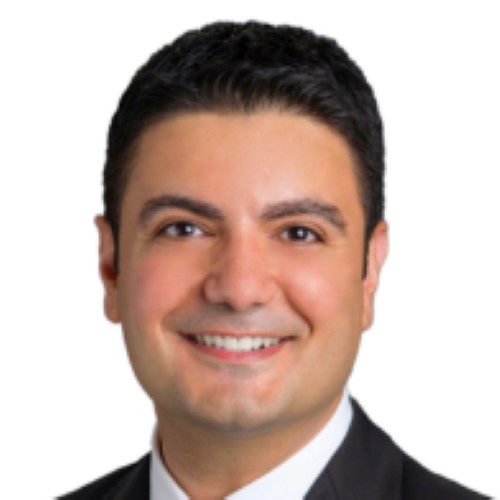Beginning the Orthodontic Treatment with the “End-in-Mind” Approach
Speaker

Dr. Akyalcin is the Head of Orthodontics at Harvard School of Dental Medicine. He has a DDS-PhD degree and is a graduate of the orthodontic program at the University of Texas Health Science Center at Houston. Dr. Akyalcin is active in many leadership roles, serving on the Northeast Society of Orthodontists (NESO) Board of Directors and representing NESO on the House of Delegates at the AAO. He also advocates for the Northeast region on the AAO Council on Education. As a dental educator and orthodontist, he has published over fifty peer-reviewed papers, co-edited a textbook, contributed to twelve other orthodontic books, and served on the editorial boards of orthodontic and dental journals. In addition, he has been recognized with several awards in the field, including the 2019 Edward H. Angle Research Prize. Additionally, he serves as an examiner for the Council on Dental Education and the American Board of Orthodontics.
Course Description
One of the limiting factors in orthodontic treatment planning is the limited understanding of the critical issues in the three-dimensional space. We have many tools to help clinicians make better diagnostic judgments and develop sophisticated treatment plans in our constantly evolving profession. It is a well-known fact that teeth move with orthodontic forces if the force is maintained for at least six hours a day. Conventional brackets, lingual appliances and clear aligners are capable of moving teeth, which may be the simplest part of orthodontic treatment. However, moving teeth wisely according to targeted objectives that would fit well with the individual’s face, anatomic variation and physiology is more complex and should be the key focus in mechanotherapy. In this presentation, the goal is to define the key elements in diagnosis and explain the step-by-step treatment planning procedures with contemporary appliances.
Educational Objectives
- Understand the main elements of orthodontic diagnosis
- Define the main biomechanical differences between the appliance systems (aligners vs. conventional appliances)
- Design efficient treatment strategies using targeted objectives.

